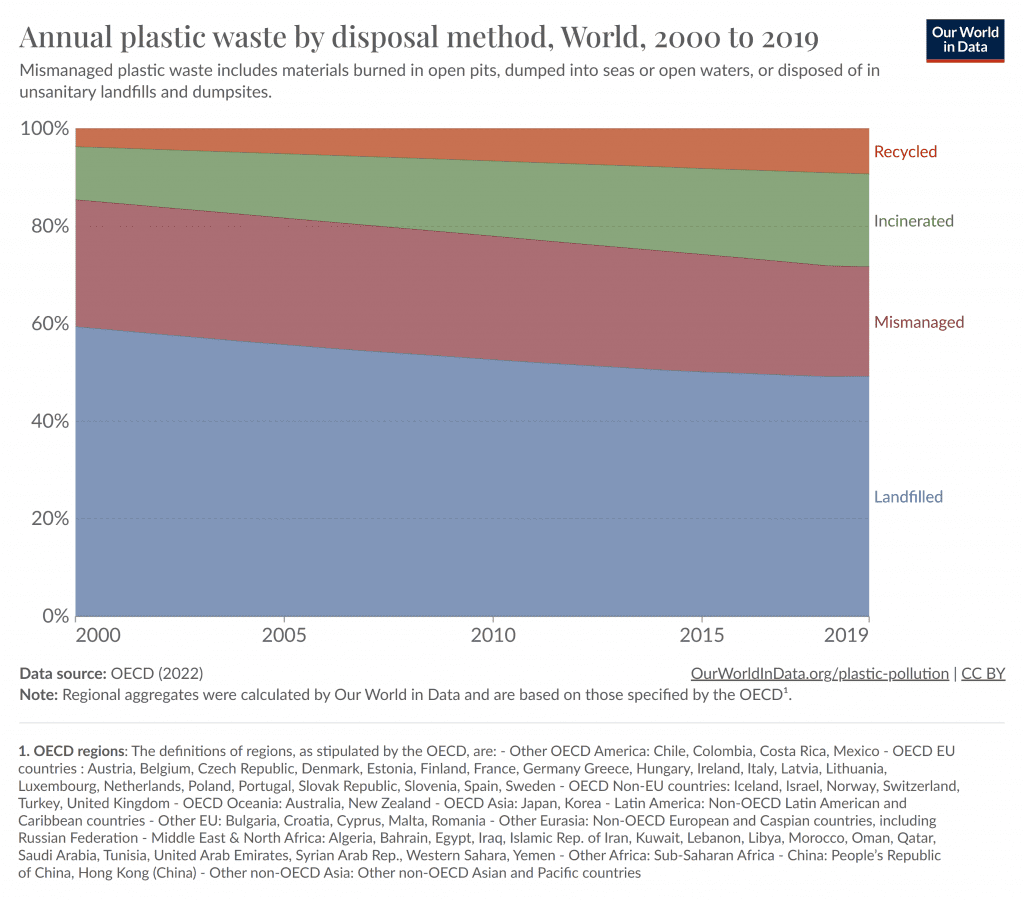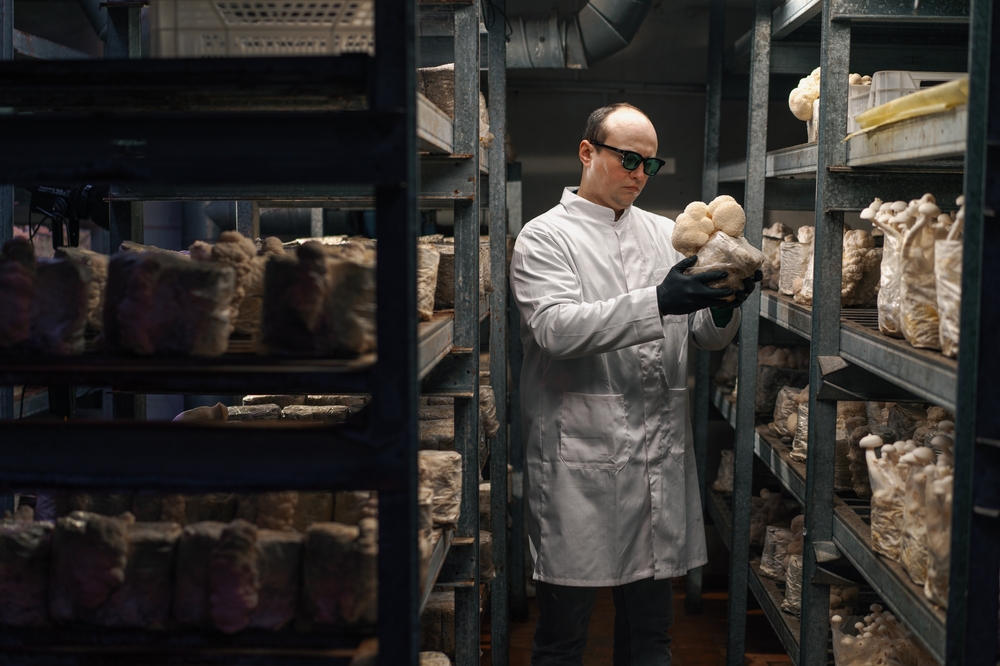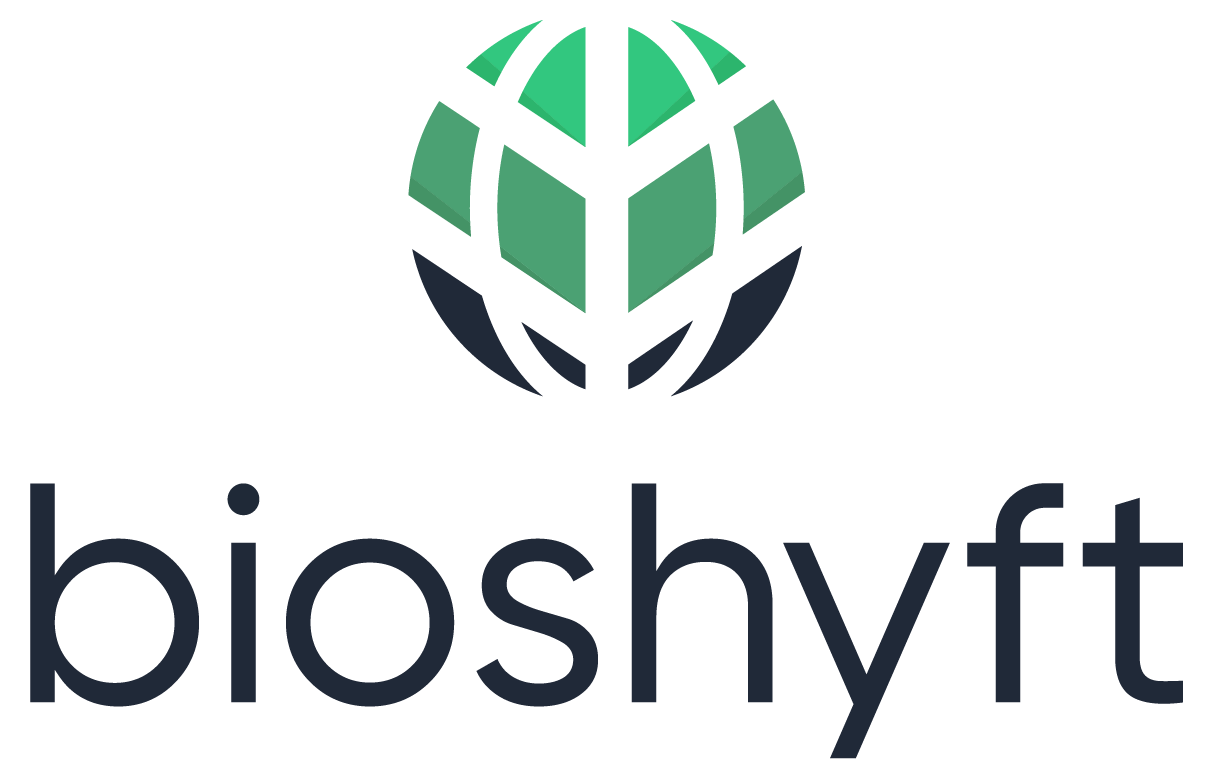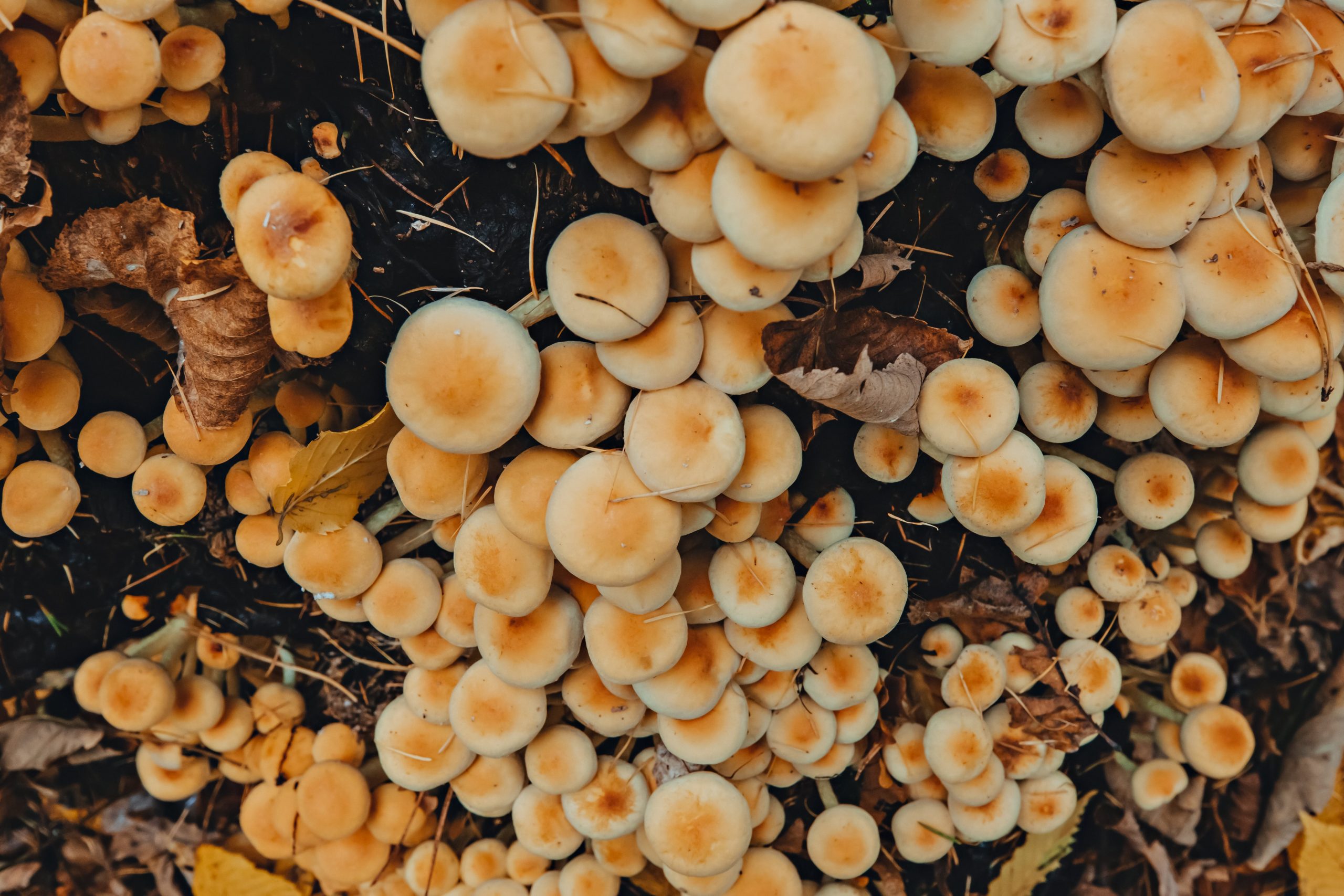Mycelium, a standout in sustainable packaging, shows impressive potential across vast fungi networks, making it a promising global solution for ecologically friendly packages and meeting environmental challenges posed by traditional materials.
Introduction
Within the realm of sustainable alternative solutions, Mycelium, the rapid vegetative growth of fungi, emerges as a strong force in the domain of packaging materials. Defined by its safety, inert composition, renewability, and natural origin, Mycelium consists of a mass of intricately branched fibers, attached to the substratum on which it sprawls. Sourced mostly from biological and agricultural wastes, Mycelium establishes itself as a green material, rapidly forming bonds that generate extensive networks of fine, white fibers. These fibers digest seed husks, resulting in the production of a robust and biodegradable material.
The implications of Mycelium-based materials are profound, with the potential to reshape the landscape of packaging applications. Offering a unique advantage through the use of low cost raw materials and answering the environmental concerns posed by the disposal of polystyrene, Mycelium emerges as a sustainable alternative. Additionally, it emphasizes the importance of Mycelium-based materials, particularly in packaging and insulation applications, creating a course toward a future where sustainability aligns easily with innovation.
Why Mycelium Packaging Matters
In the vast landscape of packaging solutions, Mycelium emerges as an unexpected medium. This is largely owed to its unique qualities and the environmental challenges it seeks to address. Mycelium, known by its unlimited growth potential, serves as a scalable alternative. For example, one species, the Armillaria, has a network with a range of 2,400 acres and thus demonstrates its ability to adapt to different packaging requirements. Hence, this ability to sclae positions Mycelium as a potential game changer on a large scale.
The statistics surrounding plastic consumption reveal the urgent need for sustainable alternatives. In the United States alone, over 35 million tons of plastic are produced annually, with a mere 5 to 6 percent being recycled. The remaining plastic waste finds its way to landfills or incineration, causing significantly to environmental damage. Accordingly, mycelium packaging presents a solution to this crisis by offering a biodegradable alternative that decreases the prominent issue of plastic pollution.

Beyond its ability to scale and several environmental benefits, Mycelium packaging promotes a revolutionary concept – swift decomposition. Traditional materials endure for centuries, exacerbating the global issue of waste accumulation. In contrast, Mycelium packaging can be thrown away in your garden, ending its lifecycle in just 30 to 90 days. This fast decomposition not only minimizes environmental impact but also aligns with the urgent call for sustainable alternatives in a world struggling with the long life of plastic waste. Mycelium emerges not just as a material but as a sustainable alternative of plastics, harmonizing innovation with environmental protection.
Benefits of Mycelium Packaging
- Completely Natural and Non-Toxic: Mycelium stands out as a completely natural material, sourced from the environment, and devoid of toxic effects. Unlike synthetic alternatives, this fungi packaging aligns with environment saving practices. This makes sure that the material is not only sustainable but also safe for the environment.
- Renewable Resource with Low Environmental Impact: Mycelium packaging derives from a renewable resource, eliminating the need of fossil fuels and supporting the never ending cycle of sustainability. The manufacturing process itself is sustainable. It demands less energy and causes up to 90% fewer carbon emissions compared to traditional plastics. Subsequently, this dual commitment to renewability and low environmental impact establishes mycelium as the leader in the quest for sustainable packaging.
- Excellent “End of Life“-Performance: A notable advantage of mycelium packaging lies in its exceptional “end of life”-performance. The material is home compostable, a highly desired quality for applications that are single in use like packaging. Moreover, mycelium can degrade in the natural environment, returning valuable nutrients to the soil. Some innovative companies even infuse flower and grass seeds into their mycelium packaging. Then, turning it into an element that’s good for the environment rather than a waste product.

Challenges of Mycelium Packaging
- Specific Environmental Requirements for Growth: Mycelium growth demands precise environmental conditions, including humidity levels above 98 percent and temperatures between 24 and 25 degrees Celsius (75 to 77 degrees Fahrenheit). Particularity, these specific requirements can pose challenges for large scale production, especially in regions where compliance with these conditions is difficult.
- Limited Applicability Special Items: While mycelium’s composability is a strength, it also presents a limitation, particularly in applications used once. Items that need an extended shelf life or resistance to certain environmental factors may not find a fit in mycelium. Therefore, the balance between the natural degradation of the material and the requirements of specific applications remains a constant challenge.
- Industrial-Scale Production Challenges: Growing mycelium at an industrial scale requires careful control over the growth environment, which can be resource intense. The challenge is indeed to improve production processes to meet the requirements of large-scale production. Additionally, the process needs to maintain the material’s inherent eco-friendly attributes. Overcoming these production challenges is crucial for the seamless integration of mycelium packaging into standard packaging practice.
Case study of Ecovative’s MycoComposite
Ecovative takes center stage in the mycelium packaging revolution, having raised an impressive $60 million in recent times. This startup has not just captured investors but has also secured its position as a leader in the field. The technology called MycoComposite developed by Ecovative involves a straight forward combination of hemp hurd and mycelium. This showcases the simplicity and effectiveness of this sustainable alternative. What’s even more surprising is the speed of production – molded to shape in just seven days.
The environmental commitment extends beyond the manufacturing process. MycoComposite boasts a remarkable shelf life of 30 years under standard dry storage conditions. This long life contributes not only to the material’s viability but also aligns with the broader goal of reducing waste and promoting sustainable practices on a global scale.
MycoComposite emerges as a commercial success story, drawing attention from industry giants such as Ikea and Dell. In a transformative partnership, these furniture and technology giants have taken on MycoComposite to replace traditional polystyrene in their packaging materials. The MycoComposite’s appeal extends beyond practicality. It has become a favorite among eco-conscious luxury consumer brands, especially those requiring enhanced protection during shipping.
Explore all Key Players in Mushroom Farming:
Conclusion
In the evolving landscape of sustainable packaging, mycelium emerges as a transformative force, rewriting the narrative of environmental responsibility. As startups like Ecovative lead the charge, mycelium goes beyond being a niche concept. Instead, it is evolving into a sought-after solution for packaging needs. The benefits, from natural origins to scalability and remarkable end-of-life performance, set the stage for a more sustainable packing lifecycle.
Despite challenges like specific growth conditions and industrial-scale production intricacies, mycelium’s journey is one of opportunities for refinement and growth. Looking ahead, the mycelium revolution embodies hope. The successes of startups, coupled with a growing awareness of packaging’s environmental impact. This hints at a future where sustainability is not just a trend but an integral part of our daily choices. In this fungal frontier, mycelium isn’t just promising. In summary, it’s cultivating a resilient and regenerative force for a world where packaging nurtures rather than depletes our planet.
Explore related topics
- Agriculture & Forestry Posts
- Aquaculture Posts
- Bio-based Product Posts
- Bio-Resource Conversion Industry Posts
- Blog
- CO2 & Waste Utilization Posts
- Food & Beverage Posts
- Water & Renewable Energy Posts
Sources:
- https://www.sciencedirect.com/science/article/abs/pii/S2214785317319508
- https://www.sourcegreen.co/food-packaging/mycelium-packaging-styrofoam-alternative/
- https://www.sciencedirect.com/science/article/abs/pii/S2214785321035501
- https://wildsmithskin.com/blogs/wildsmith-journal/what-is-mycelium-packaging
- https://www.ingentaconnect.com/contentone/asp/jobn/2017/00000011/00000004/art00001


